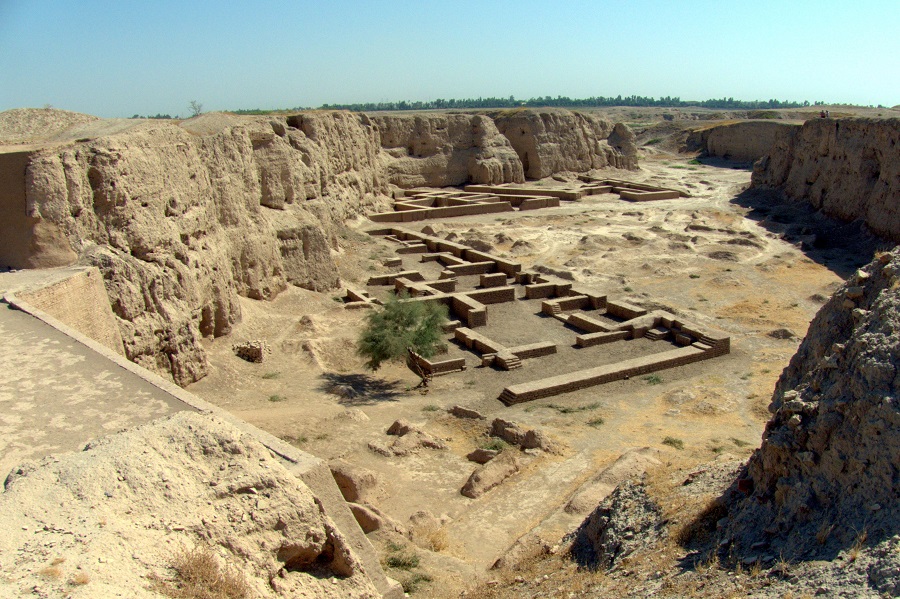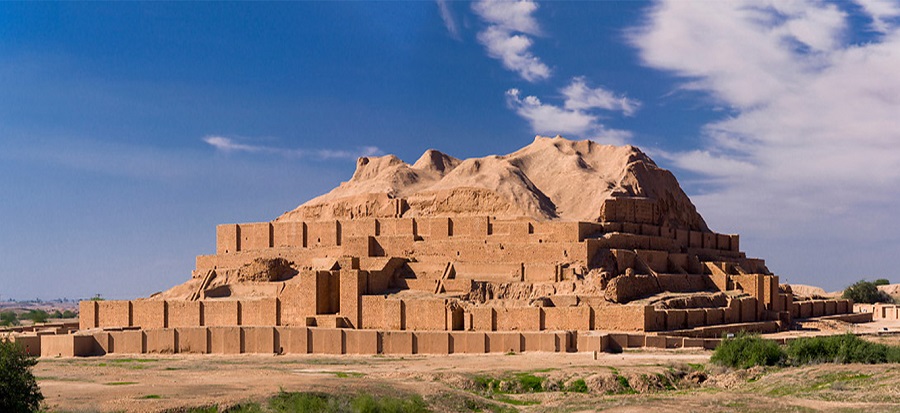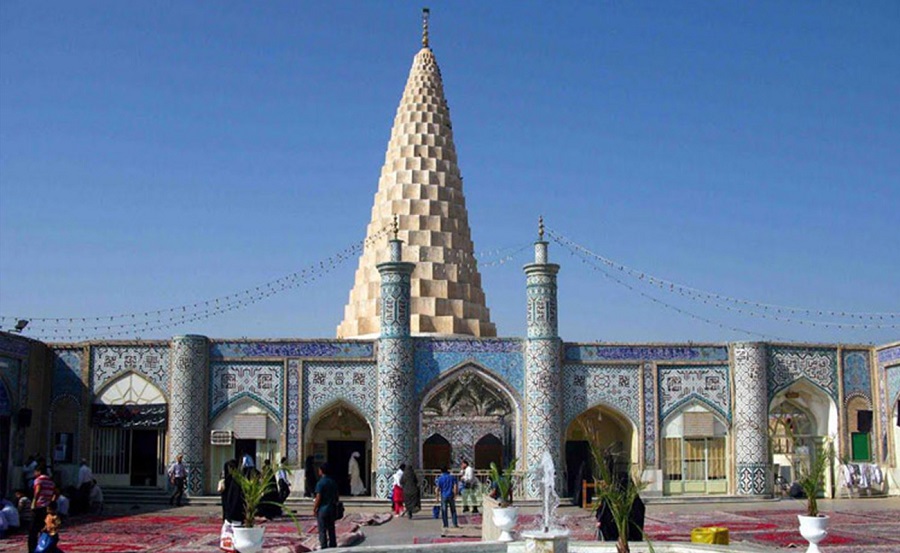 Khuzestan
Khuzestan 
For most people the ancient history of Iran is synonymous with the image of Persepolis. That conception though couldn’t be further from the truth. Khuzestan province in the southwest of Iran has a far more credible claim to the position of the first Iranian empire in history. Long before there were any traces of the mighty Achaemenid kings who ruled over most of the known world, the Elamites Empire appeared in the southwest of Iran 4000 years BC. Their realm spanned over a vast area that today falls approximately within the geographical area of Khuzestan, Bushehr and Fars provinces and their capital Susa is cited as an important and prosperous city in ancient inscriptions. In the present-day Iran, Khuzestan has an equally seminal role in the country’s politics and especially economy. Iran has an oil-based economy and Khuzestan boasts the largest oil reserves in the country. On a geopolitical level, Khuzestan has played a decisive role in the military and political conflicts of the past century. The people of Khuzestan fought the enemy bravely during Iran-Iraq war and halted its advances into neighboring cities like Shahr-e Kord and Yasuj. In addition to the huge oil industry, Khuzestan is also one of the centers for the production of agricultural products in Iran. Together with Chabahar in Sistan and Baluchestan province and Kish and Qeshm is Hormozgan, Khuzestan has one of the most prosperous free trade zones in the south of Iran; Arvand Free Zone.

The south of Iran is known for many other attractions beside its gigantic oil refineries and sunny beaches. Khuzestan is one of the most popular tourist destinations in the south. One pivotal factor that contributes to the success of Khuzestan’s tourism industry is its peculiar geography and climate. The mountainous north of the province has a cold and relatively dry weather in the winter with hot summers. The south however is a flat land replete with marshes and plains. While Summers are extremely hot and humid and thus considered the low-season, late winter and early spring is the prime time for traveling to the southern regions of Khuzestan near the coast of the Persian Gulf. As a result, Khuzestan tours peak during the spring and Iran’s tour operators offer different combinations of packages in the province. In addition to the annual flow of domestic travelers, there has been a lot of overseas visits to Khuzestan due to its major status in Iran’s economy. This has resulted in a thriving accommodation sector with a great diversity of services. Khuzestan’s hotels range from fancy coastal lodges to more budget accommodations in the form of apartment hotels and hostels. And they are perfectly located to allow access to the most visited and internationally-recognized highlights of the province. Spectacular natural sights, public entertainment centers and ancient historic sites make the finest of Khuzestan’s tourist attractions. In this short article we will introduce three of the most culturally and historically significant of these attractions.
According to archeological findings, this colossal structure dates back to 1250 BC. Built by the order of the Elamite king Untash-Napirisha as a tribute to Inshushinak, the protector god of Susa, this ziggurat is a one of the 22 Iranian entries in UNESCO World Heritage Sites. During the hey days of the Elamite kingdom Chogha Zanbil (or Dūr Untash as it was originally known) was 53 meters high in five floors from which only two has remained. In an area spanning over 105 meters, the complex includes various temples dedicated to many gods of the Elamite with Inshushinak being the supreme god. Chogha Zanbil lies 80 km north of Ahvaz, the capital of Khuzestan province.

The resting place of the biblical prophet Daniel, the tomb is one the most sacred places for Iran’s Jewish population. Located in the ancient city of Susa in Khuzestan province, Tomb of Daniel is known for its peculiarly-shaped dome which resembles a cone.

UNESCO describes this World Heritage Site as “a masterpiece of creative genius". This labyrinthine set of tunnels, dams, bridges, watermills and canals is one of the most ancient irrigation systems in the history of mankind. The oldest section of the complex dates back to the time of Darius the Great, about 500 BC.

0 Comment(s)
|
Comments and Reviews |
|
|